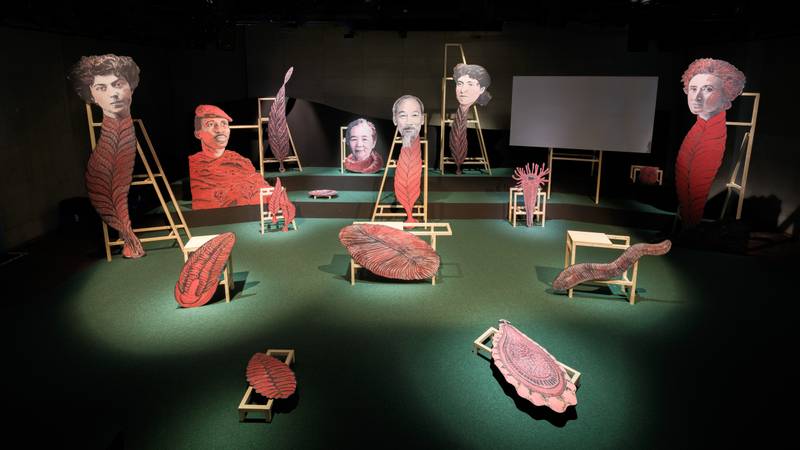Art Magazine
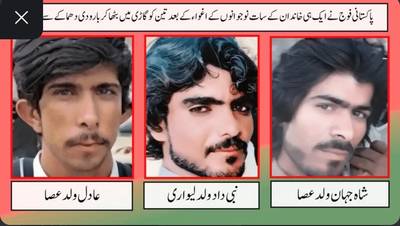

“When all seven were taken, we went to the local militia.”
“We begged for mercy. We pleaded for our sons.”
“We placed our turbans at their feet. The women laid down their chadars.”“We thought they would spare them.”
READ
“We thought they could not be this cruel.”
“But they are worse than we ever imagined.”Seven Beings, Three Returned in Pieces: The Tragedy of Balgatar
In November 2023, a photograph of a bombed car and dismembered bodies from Balgatar, Balochistan, spread online. This piece by Hazaran Rahim Dad investigates the tragic incident where seven young men from the same family were abducted, with three of them brutally killed, revealing a harrowing tale of state-backed violence and collective punishment.
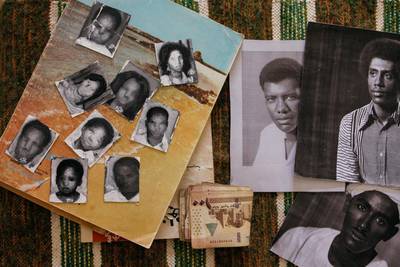

The relationship we have now as cultural practitioners who met again in exile is far more personal than it ever was. We share a deep trauma and a general concern that automatically breaks the formal and professional barriers. We also share an aggressively active survival instinct that sometimes hinders us from being as collective as we used to be or as we would like to be. The urgency of survival, however, does not diminish the impact of the shared trauma.
READNavigating Displacement: Mapping Exile and Memory Along Artistic Routes
Examining his own displacement, a Sudanese curator and former gallery owner reflects on the cultural, emotional, and psychological tolls from an ongoing civil war in Sudan through the movement and work of artists who relocated from Khartoum to Nairobi.
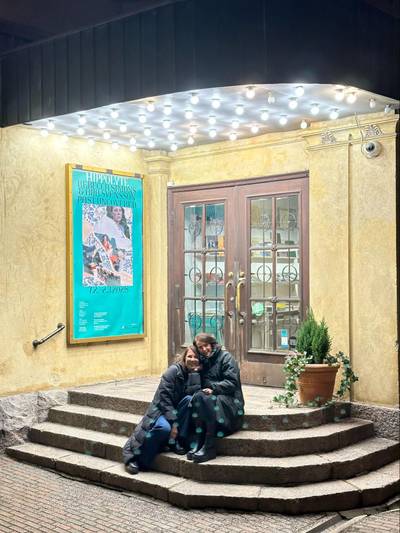

I cannot forgive the actions of abusers because if you’re an adult and you abuse little children because you are traumatised yourself, it can’t be justified in any way. By creating this project, I feel we, the women in the family, are taking the power back. It’s not the abuser controlling what we can and cannot say. That is an important feeling for me.
READNormality That Should Not Exist: An Interview with Rebecca Simons & Aija Svensson
In an interview with Hanna Linnove, artists Rebecca Simons and Aija Svensson discuss Past Uncovered, an exhibition addressing domestic violence and sexual abuse.
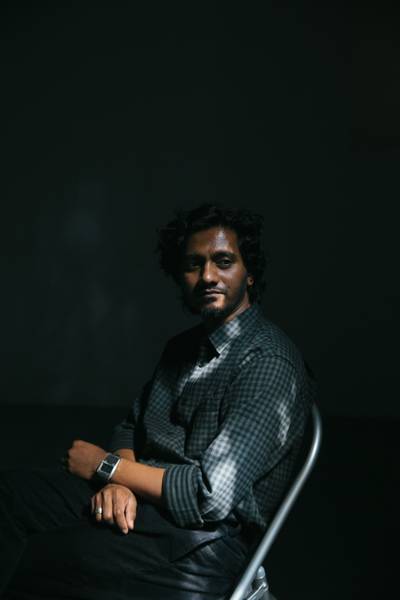

Amol Patil’s work addresses the harsh realities faced by the Dalit community, focusing on the lives of people living in Mumbai’s chawls and working as sanitation workers and manual scavengers. His sculptures, paintings, performances, and archival work strongly portray the deprivation of basic human needs – body, skin, touch, access to clean water, food, and land – and the brutal, animalistic existence they are forced to live in. He makes us see a community that remains invisible in the shadow of the city’s towering progress.
READLanguages of Resistance: An Interview with Amol K. Patil
Amol K. Patil, in an interview with Pranita Thorat, details the deeply personal and politically charged narratives of his practice, discussing how his work lays bare the realities of caste, labour, and displacement.
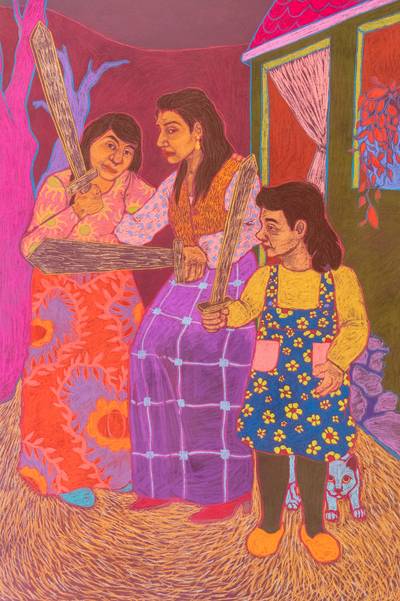

Moving away from the cool conceptualism common in biennials, the 5th edition boldly embraces anger, sadness, and euphoria. Presenting a diverse range of works that reflect the struggles of marginalized communities while also offering survival strategies, resilient tactics, and hopeful narratives, the biennale features artists from Hungary and Central-Eastern Europe, as well as international voices, creating a compelling blend of regional and global perspectives. This diversity aims not just to raise awareness but to cultivate empathy and solidarity.
READThe Storm Is Already Here: A Review of ‘5th OFF-Biennale Budapest’
The review explores how the 5th OFF-Biennale Budapest, celebrating a decade of independent art, fearlessly confronts themes of fear, prejudice, and societal unrest, championing empathy and solidarity in a landscape often hostile to such discourse.
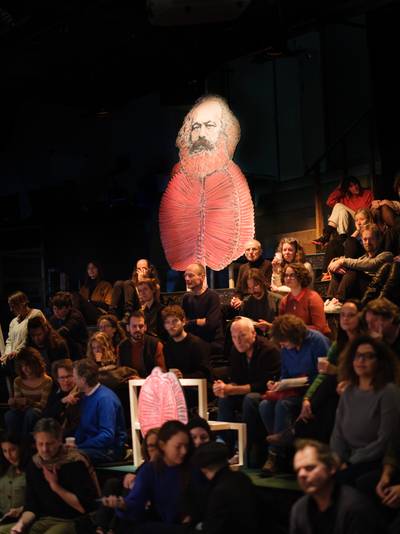

The notion of public intellectualism as a public good that ultimately benefits society seems to have been abandoned, while popular social media platforms have become a means of delivering finely tuned messaging, instrumentalising users and leveraging the interests of the “vectoralist class” who own them. As the critical arts sector adapts to the current challenging conditions, many will be paying close attention to Staal and BAK’s next moves.
READArt in Critical Condition: A Review of BAK & Jonas Staal’s ‘Climate Propagandas Congregation’
Amid deepening global crises and rising state repression, Jonas Staal convened a gathering at Utrecht’s BAK—an institution well known for progressive art and political inquiry. Bringing together artists, activists, and thinkers, we reflected on the role of art in this era of climate catastrophe: resisting fascism, confronting genocide, and imagining alternative futures.
